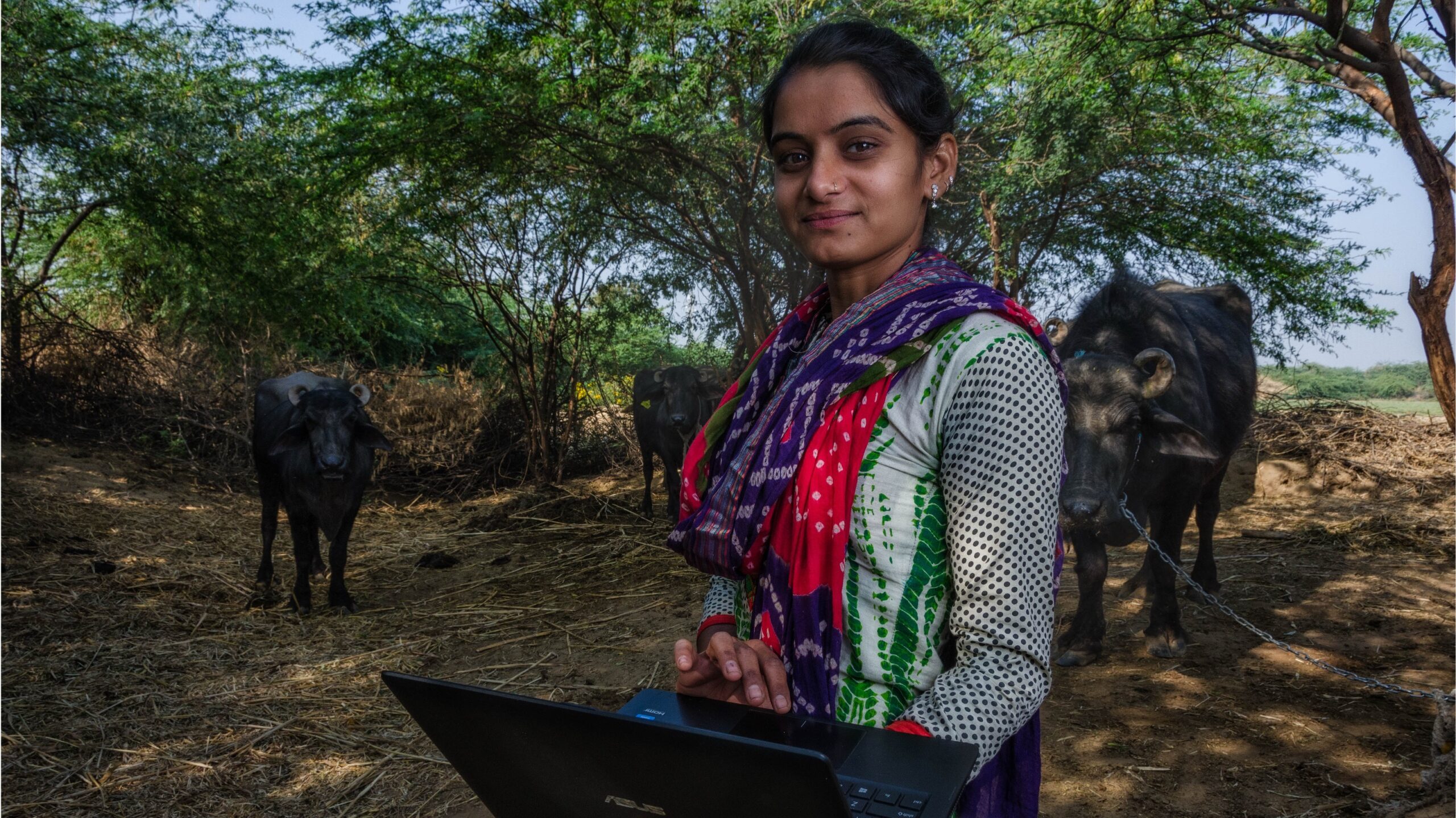PV as Capacity Building Tool in DRRM Among Filipino Youth
PV as Capacity Building Tool in DRRM Among Filipino Youth

Professors from UPLB College of Development Communication conducted a study exploring the effectiveness of a PV as capacity-building tool among youth participants from Laguna.
Project Background & Rationale
The researchers attempted to describe the role of youth as empowered agents of change in disaster risk reduction and management (DRRM) through the use of PV. Thirteen participants from Barangay San Antonio, Bay Laguna joined the project to test how the PV process facilitates capacity building in DRRM among the youth.
Barangay San Antoni, Bay, Laguna was chosen as the study site because of its vulnerability to typhoons and flooding. The area presents a relevant context to explore how engaging local youth in PV can enhance their capacity to contribute meaningfully to local disaster preparedness and response efforts.
Project Background & Rationale
The project outcomes were targeted toward the following:
- Youth: The study aims to empower youth with knowledge and skills in both disaster risk reduction and participatory video-making.
- Community Development Workers and Local Government Units (LGUs): The study demonstrates how youth engagement through PV can contribute community mobilization, disaster preparedness, and local advocacy.
- Participatory Video (PV) Practitioners and Researchers: The study offers practical insights and emergent features (e.g., communication strategies, shared control, and fun elements) that can guide future youth-focused PV initiatives.
Objectives
- Describe the process of youth-led PV production.
- Identify the unique characteristics of a youth-led PV process.
- Examine how PV improved the capacity of youth in DRRM.
- Determine how youth participation can positively contribute to DRRM initiatives.
Implementation Plan
The figure illustrates how the PV process affected the youth participant’s perceived DRRM capacity. It shows that engaging youth in participatory video production is not just about media production, but about building practical life skills, confidence, and community leadership. It also confirms that PV serves as both capacity-building tool and a means of community engagement, especially in disaster-prone settings. Overall, the results of the project demonstrate that when youth are meaningfully involved, with the right support and creative space, they can become empowered agents of change in DRRM.
Key Findings of the Project
The study produced the following key findings:
- Enhanced Youth Capacity in DRRM
- The project increased the knowledge on typhoon preparedness, first aid, and emergency response among participants.
- It also boosted their confidence and public speaking skills.
- It helped them develop video production abilities (e.g., shooting, editing, voiceovers), as well.
- Participants showed initiatives and creativity in messaging, e.g., “Bagyo ay Paghandaan Para Hindi na Mahirapan” (“Prepare for Typhoons to Avoid Hardships”).
- Establishment of a DRRM Youth Core Group
- The PV process helped from a motivated youth group ready to engage in DRRM efforts.
- Many expressed willingness to join local emergency response initiatives.
- Perceived Value of PV
- PV was found to be a highly engaging, empowering, and educational tool.
- Youth were able to critically reflect on community issues and propose solutions via PV.
Source
Mendoza, T. L. T., & Flor, B. P. G. (2024). Participatory video as capacity-building tool on disaster risk reduction management: The case of a Philippine urban youth group in Bay, Laguna. Journal of Public Affairs and Development, 10(2), 175-180.
